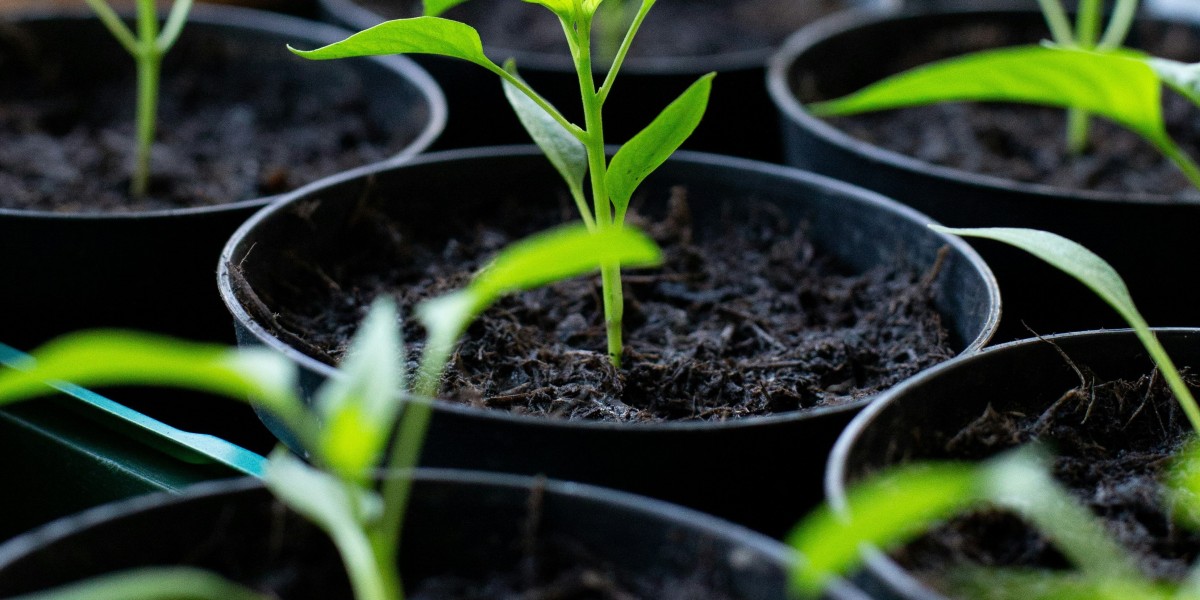What Is Chlorpyrifos 50 EC and How Does It Work?
Chlorpyrifos is a versatile insecticide known for its broad-spectrum efficacy against pests that threaten crop productivity. The "50 EC" formulation indicates it is an emulsifiable concentrate with 50% active ingredient. This formulation is diluted with water before application and targets the nervous system of pests, leading to their rapid elimination.
Benefits of Chlorpyrifos 50 EC
Broad control over pests like stem borers, aphids, whiteflies, and caterpillars.
Prolonged residual activity reduces the need for frequent reapplications.
Suitable for various crops, including vegetables, cereals, and fruits.
A reliable option for farmers is Carbine 50-Chlorpyrifos 50% EC insecticide, which provides dependable pest control while aligning with modern agricultural needs.
How to Apply Chlorpyrifos: Dosage and Preparation
Using the correct dosage of chlorpyrifos 50 EC is essential to ensure effective pest control without overusing the product. The standard chlorpyrifos 50% EC dosage per litre ranges between 2-3 milliliters, depending on the crop and target pest.
Dosage Recommendations for Common Crops
Cereals: Use 2 mL per litre for pests like stem borers and leafhoppers.
Vegetables: Apply 2.5 mL per litre for control of whiteflies and caterpillars.
Orchards: Use 3 mL per litre for pests such as fruit flies and aphids.
Mixing and Application
Mix the required dosage in clean water, stirring the solution thoroughly.
Use calibrated spraying equipment to distribute the solution evenly across the plants.
Focus on pest hotspots, such as the undersides of leaves, for maximum effectiveness.
Safety Precautions
Wear protective gloves, goggles, and a mask while handling and applying chlorpyrifos.
Avoid eating, drinking, or smoking during application.
Wash your hands, equipment, and clothing thoroughly after use.
“Precision in pest control isn’t just about the quantity applied; it’s about timing, accuracy, and understanding your crop’s needs.”
Environmental and Health Considerations
While chlorpyrifos is effective, improper use can have environmental and health implications. The responsible application helps mitigate these risks and ensures safe pest control.
Avoid Overuse
Excessive use of chlorpyrifos can leave chemical residues on crops, contaminate soil, and harm beneficial organisms. Following the recommended dosage minimizes these issues.
Protect Water Sources
Avoid spraying near ponds, streams, and other water sources to prevent runoff into nearby water bodies. Creating buffer zones around water-sensitive areas reduces contamination risks.
Resistance Management
Overusing chlorpyrifos can lead to pest resistance, reducing its efficacy over time. To combat this, chlorpyrifos should be rotated with other insecticides and biological pest control methods.
Best Practices for Maximizing Effectiveness
Applying chlorpyrifos correctly ensures maximum pest control with minimal environmental impact. Follow these practices for optimal results:
Apply at the Right Time
Early detection and timely application are key to effective pest management. For maximum impact, spray chlorpyrifos during the early stages of infestation. Early morning or late evening applications minimize evaporation and protect pollinators.
Use as Part of Integrated Pest Management
Integrated Pest Management (IPM) combines cultural, biological, and chemical methods for sustainable pest control. Chlorpyrifos works well within IPM programs by providing immediate relief from pest outbreaks while biological controls manage long-term suppression.
Maintain Equipment
Clean and calibrate your spraying equipment regularly to ensure even application. Faulty equipment can lead to overuse or uneven distribution, reducing efficacy and increasing costs.
Applications Across Different Crops
Chlorpyrifos is highly versatile and can be used across a wide range of crops to address various pest challenges. Below are a few common examples:
Rice and Maize: Protects against stemborers and other chewing pests.
Tomatoes and Peppers: Controls whiteflies, aphids, and caterpillars.
Citrus and Apples: Effective against fruit flies and leafhoppers.
Accurate application ensures crop protection and sustainability, enabling farmers to maintain productivity without excessive chemical input.
FAQs
What is the recommended dosage for chlorpyrifos 50 EC?
The dosage ranges between 2-3 millilitres per litre of water, depending on the crop and pest.
Can chlorpyrifos be mixed with other pesticides?
Yes, chlorpyrifos can be mixed with compatible pesticides. However, before application, always conduct a jar test to ensure compatibility.
How long does the effect of chlorpyrifos last?
The residual activity typically lasts 10–14 days, depending on environmental conditions and pest pressure.
A Holistic Approach to Pest Control
Chlorpyrifos 50 EC is an essential tool for farmers, offering robust pest control that supports crop productivity and quality. However, its true potential lies in how it’s used—responsibly, strategically, and in harmony with sustainable farming practices. By adhering to best practices, farmers can ensure that chlorpyrifos remains a reliable ally in pest management, fostering healthier crops and a more sustainable agricultural future. Through proper education and implementation, chlorpyrifos can continue to serve as a pillar of effective and responsible farming.









